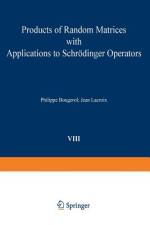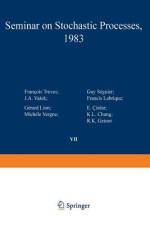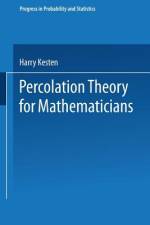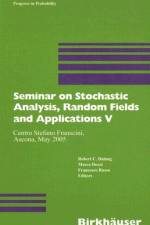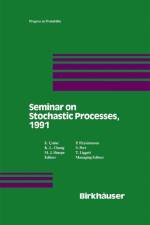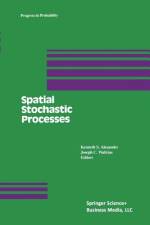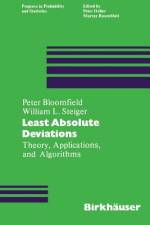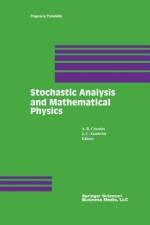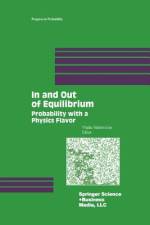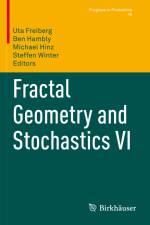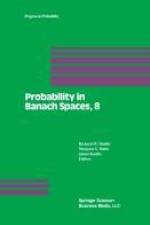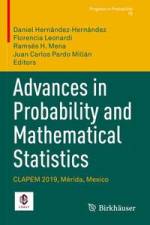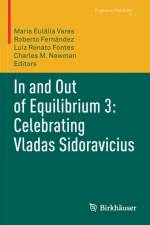von Cinlar
49,00 €
This volume consists of about half of the papers presented during a three-day seminar on stochastic processes. The seminar was the third of such yearly seminars aimed at bringing together a small group of researchers to discuss their current work in an informal atmosphere. The previous two seminars were held at Northwesterr. University, Evanston. This one was held at the University of Florida, Gainesville. The invited participants in the seminar were B. ATKINSON, K.L. CHUNG, C. DELLACHERIE, J.L. DOOB, E.B. DYNKIN, N. FALKNER, R.K. GETOOR, J. GLOVER, T. JEULIN, H. KASPI, T. McCONNELL, J. MITRO, E. PERKINS, Z. POP-STOJANOVIC, M. RAO, L.C.G. ROGERS, P. SALMINEN, M.J. SHARPE, S.R.S. VARADHAN, and J. WALSH. We thank them and the other participants for the lively atmosphere they have created. The seminar was made possible through the generous supports of the University of Florida, Department of Mathematics, and the Air Force Office of Scientific Research, Grant No. 82-0189, to Northwestern University. We are grateful for their support. Finally, we thank Professors Zoran POP-STOJANOVIC and Murali RAO for their time, effort, and kind hospitality in the organization of the seminar and during our stay in Gainesville.


